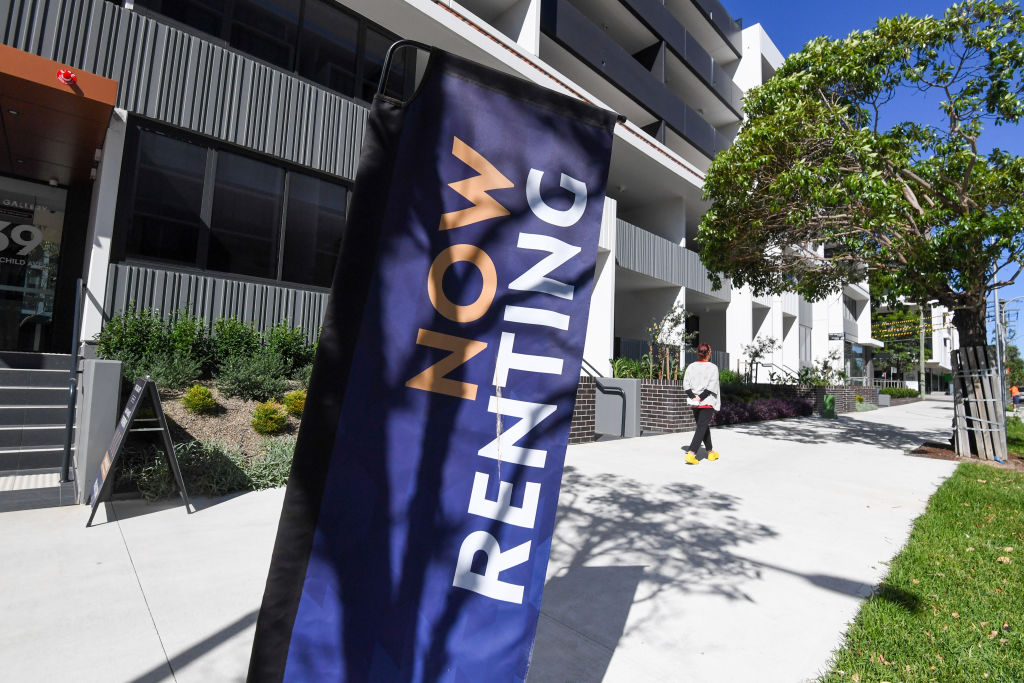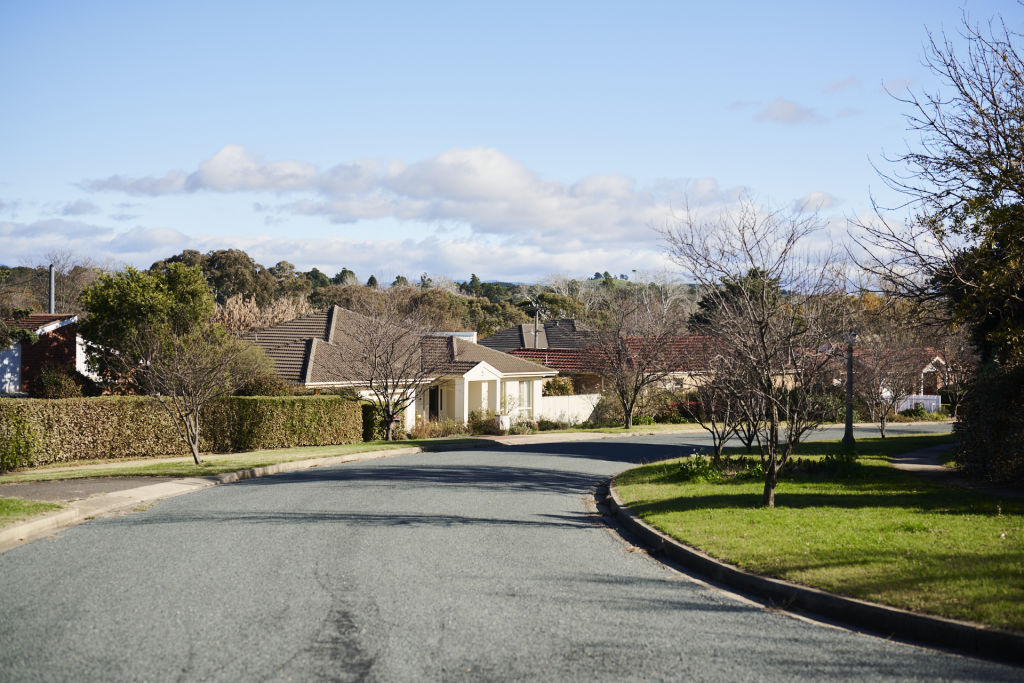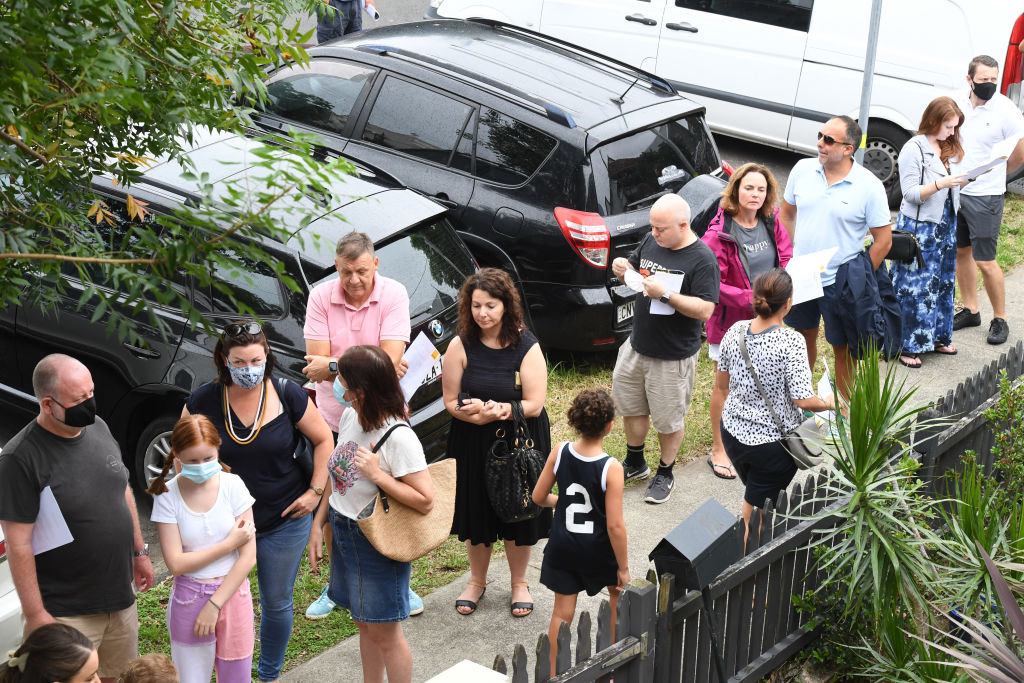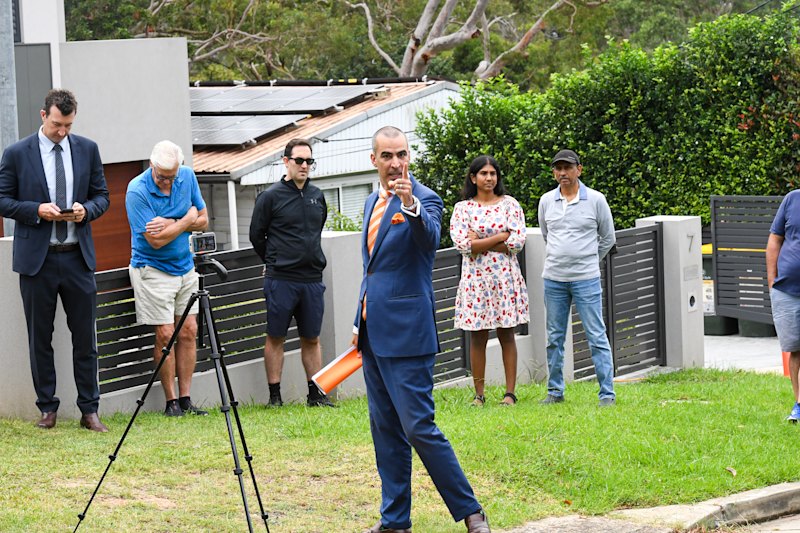A slight relief in store for Canberra renters: Domain report

We have all seen the long lines outside of open rental properties and heard of prospective tenants’ frantic bidding wars and the tough slog that is finding a suitable – and well-priced – rental in Canberra. But is that reality slowly shifting?
According to Domain’s Vacancy Rates: February 2023 report, the ACT recorded a 1.5 per cent vacancy rate last month – the highest of any capital city.
While that figure remained unchanged from the previous month, it was up 1 per cent from February 2022.
Historically, the rental market usually boomed in the early months of the year, but those working in the property industry seem unsurprised by these findings, noting the rental market is experiencing a slower-than-usual growth in available rental properties.
“There seem to be fewer international students, which typically put a lot of pressure on the rental market early in the year, and we have hardly seen any postgraduates coming into Canberra as well,” said Heidi Rosin, director of property management firm Little Bird Properties.
“Anything under $500 to $600 a week is renting fairly steadily, but above that is a bit tricky.”

Hannah Gill, director of property management at The Property Collective, agrees with Rosin, adding that there’s been a change in family renting trends.
“With interest rate rises and other expenses, we’ve seen a real shift in families who might usually rent a three- to four-bedroom home in the suburbs now trying to fit into a two- or three-bedroom apartment for a lesser rental price,” she said.
“It’s an interesting shift, and one I haven’t seen for over a decade.”
According to the latest Domain Rent Report, tenants can expect to pay a median rent of $783 a week for a four-bedroom house in Canberra. A three-bedroom apartment in the capital would cost tenants a median of $675 a week.
Adult children and parents co-signing lease agreements to save on costs is another trend Gill has noticed.
Domain’s findings revealed Sydney’s vacancy rate sat much lower, at 0.9 per cent for the month of February, while Melbourne measured 0.8 per cent.
This turn in Canberra’s rental market is seeing potential tenants take back a small level of control when signing a lease, and property managers having to work harder.
Rosin explained that while previously, houses were rented after around two to four weeks on the market, it is now taking between four and six weeks to lock in a tenant.

“There will be a lot of leasing agents that haven’t seen a market like this before, and there is a little more skill involved,” she said.
“It’s important to correctly advise landlords of a market-suitable price and manage their expectations. It also means making time to show houses that suit prospective tenants, rather than suiting the agent.
“It’s a lot more customer-focused that way, and it has to be because the tables have turned.”
Both Rosin and Gill agree that this current trend doesn’t look to be letting up anytime soon.
“We need more supply for a more balanced market, to soften rent pressure, and give tenants choice that meets their needs, so there is a big shift that needs to happen for this to improve,” Gill said.
Rosin added that she didn’t “see a shift happening for a while because people are too conscious of their cost of living”.
We recommend
States
Capital Cities
Capital Cities - Rentals
Popular Areas
Allhomes
More









